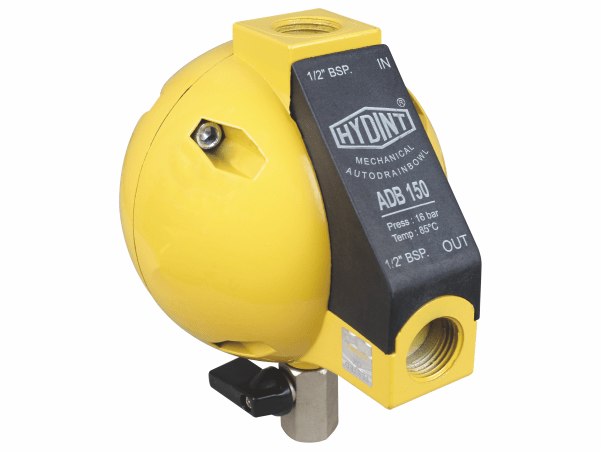In the world of industrial applications, efficient maintenance and reliable equipment operation are essential. One critical component that plays a significant role in ensuring smooth operation is the auto drain valve float type. This article will guide you through the process of selecting the right auto drain valve float type for your specific industrial applications. We will explore the importance of these valves, discuss the different types available, and provide essential factors to consider during the selection process.
Industrial applications rely on various systems and components to function effectively. One crucial aspect is maintaining proper condensate drainage from compressed air systems. Auto drain valves with float mechanisms are designed to automate this process and prevent the accumulation of condensate, which can lead to corrosion, decreased equipment efficiency, and potential breakdowns. Choosing the right auto drain valve float type is vital to ensure optimal performance and prolong the lifespan of your industrial equipment.
The Importance of Auto Drain Valve Float Types
Auto drain valve float types are designed to remove accumulated condensate from compressed air systems automatically. These valves prevent excessive moisture from compromising the integrity of the system, ensuring efficient and reliable operation. By effectively draining condensate, auto drain valves help prevent corrosion, maintain air quality, and extend the lifespan of critical equipment. Selecting the appropriate float type for your specific application is crucial to achieve optimal performance and minimize maintenance requirements.
Types of Auto Drain Valve Floats
When it comes to auto drain valve float types, there are several options available. Let’s explore the most common types:
Mechanical Floats
Mechanical float-type auto drain valves operate using a simple mechanical mechanism. They utilize a float that rises with the condensate level and opens the valve when a predetermined level is reached. Mechanical floats are reliable and suitable for applications with moderate condensate levels. They are relatively cost-effective and easy to maintain.
Electronic Floats
Electronic float-type auto drain valves utilize sensors to detect the condensate level and trigger the drainage process. These valves offer precise control and can be adjusted to drain based on specific moisture levels or timed intervals. Electronic floats are ideal for applications with varying condensate volumes and where precise control over drainage is necessary. They are generally more expensive than mechanical floats but offer enhanced functionality.
Pneumatic Floats
Pneumatic float-type auto drain valves use air pressure differentials to trigger the drainage process. They rely on the principle of buoyancy to open and close the valve. Pneumatic floats are suitable for high-pressure applications and environments with heavy condensate loads. They provide reliable drainage performance and are often used in demanding industrial settings.
Factors to Consider When Choosing an Auto Drain Valve Float
Selecting the right auto drain valve float for your industrial application requires careful consideration of several factors. Here are some essential aspects to keep in mind:
Application Requirements
Evaluate the specific requirements of your industrial application. Consider factors such as the condensate volume, operating pressure, and system layout. Understanding the unique needs of your application will help determine the appropriate float type and ensure efficient drainage.
Maintenance Needs
Different auto drain valve floats have varying maintenance requirements. Evaluate the maintenance resources available and choose a float type that aligns with your capabilities. Mechanical floats may be simpler to maintain, while electronic or pneumatic floats may require more specialized knowledge or periodic servicing.
Environmental Considerations
Assess the environmental conditions in which the auto drain valve float will operate. Factors such as temperature, humidity, and the presence of contaminants can impact the performance and longevity of the valve. Choose a float type that is suitable for the specific environmental conditions of your application.
Cost and Budget
Consider your budget and the overall cost of the auto drain valve float. While electronic or pneumatic floats may offer advanced features, they can be more expensive than mechanical floats. Balance the cost with the desired functionality and long-term benefits to make an informed decision.
Compatibility
Ensure compatibility between the auto drain valve float and your existing compressed air system. Consider factors such as connection size, thread type, and installation requirements. Choosing a float type that seamlessly integrates with your system will facilitate a smooth installation process.
Conclusion
Selecting the right auto drain valve float type is crucial for the efficient operation and maintenance of your industrial applications. Mechanical, electronic, and pneumatic floats each offer unique advantages depending on your specific requirements. By considering factors such as application needs, maintenance requirements, environmental conditions, cost, and compatibility, you can make an informed decision that maximizes system performance and minimizes downtime.

